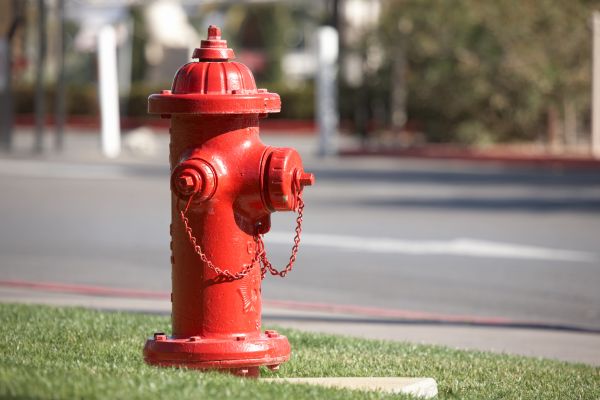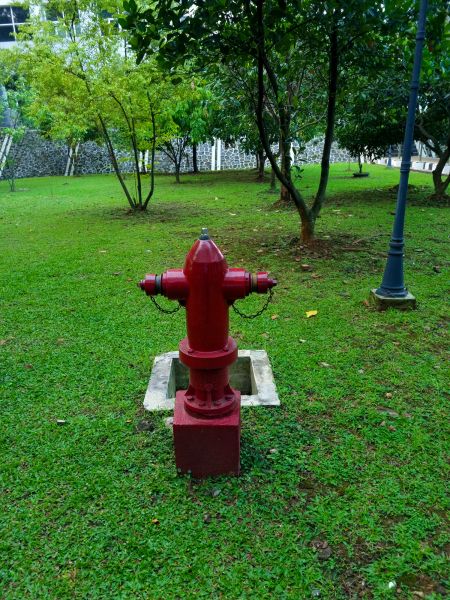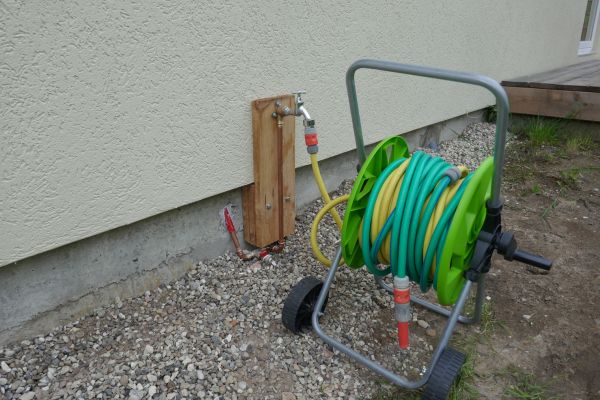FAQs About Ground Hydrant Mounting
What is the purpose of ground hydrant mounting?
Ground hydrant mounting secures the hydrant at a stable ground level, providing reliable access to water for irrigation, maintenance, and other outdoor tasks. This setup ensures the hydrant remains functional and prevents damage due to movement.
How do I prepare the area for ground hydrant mounting?
Preparing the area involves excavating a hole to the appropriate depth and width, leveling the base, and ensuring proper soil compaction. This preparation provides a stable foundation for mounting the hydrant securely.
What materials are used in the mounting process?
Typically, concrete or other stabilizing materials are used to anchor the hydrant base firmly. These materials help ensure the hydrant remains stable and functional even under various environmental conditions.
Can a ground hydrant be installed in any type of soil?
Ground hydrants can be installed in various soil types, but the installation process may need to be adapted based on soil conditions such as rocky, sandy, or clayey soils. Proper site preparation is essential for successful mounting.
How do I maintain a ground hydrant after installation?
Regular maintenance includes inspecting the hydrant for leaks, checking connections, clearing any blockages, and ensuring that the hydrant is protected from environmental damage. In colder climates, insulating the hydrant can help prevent freezing.



